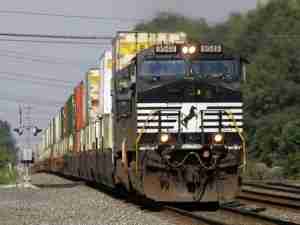FTR’s Trucking Conditions Index reading of 11.35 for June is the highest in a decade and comes just two months after a record-low April reading of -28.66. However, it is unclear how long the positive factors affecting the June reading – a combination of higher utilization and strong growth in freight demand and rates – will remain in place.
Details of the June TCI are found in the August issue of FTR’s Trucking Update, published July 31. Additional commentary looks at some barriers, especially driver supply, to restoring trucking capacity. Beyond the TCI and FTR’s COVID-19 intelligence, the Trucking Update includes data and analysis on load volumes, the capacity environment, rates, costs, and the truck driver situation.
Avery Vise, vice president of trucking, commented, “The reversal of fortune in trucking has been staggering but fairly simple to understand. Freight demand came roaring back in June after the contraction in March and April, but capacity has barely moved. We remain concerned that Washington’s financial support subsidized the economic rebound significantly and that continued strong support might be necessary until a vaccine is widely available. However, even putting that issue aside, we anticipate some stabilization as an inventory rebuild probably accounts for some of the recent demand growth. Also, we see some indications that carriers are beginning to restore driver capacity, at least modestly.”
The TCI tracks the changes representing five major conditions in the U.S. truck market. These conditions are: freight volumes, freight rates, fleet capacity, fuel price, and financing. The individual metrics are combined into a single index indicating the industry’s overall health. A positive score represents good, optimistic conditions. Conversely, a negative score represents bad, pessimistic conditions. Readings near zero are consistent with a neutral operating environment, and double-digit readings in either direction suggest significant operating changes are likely.








